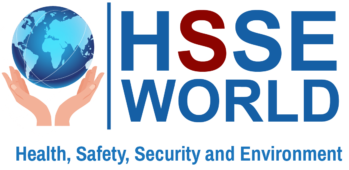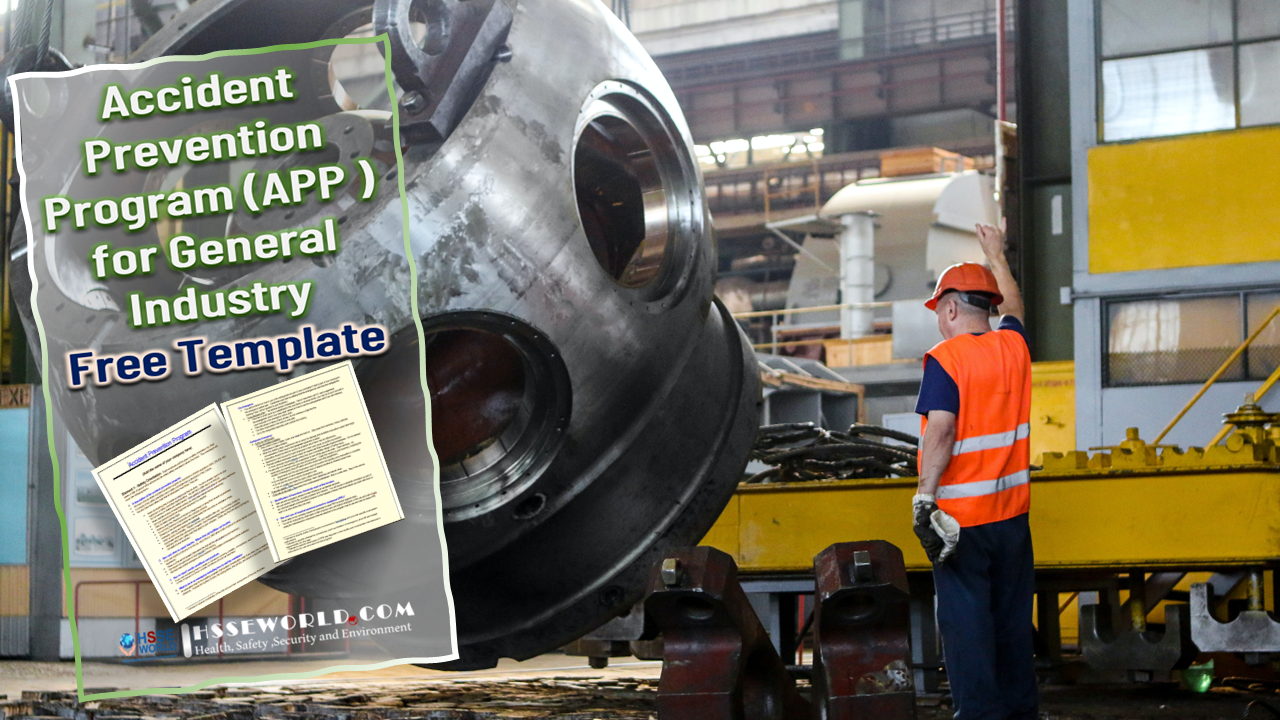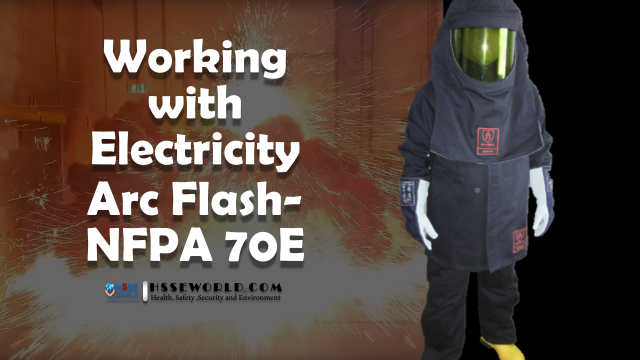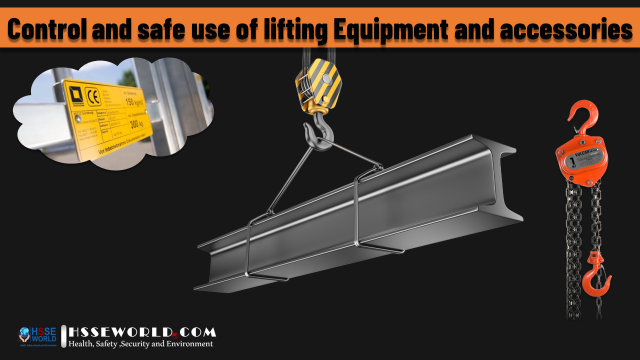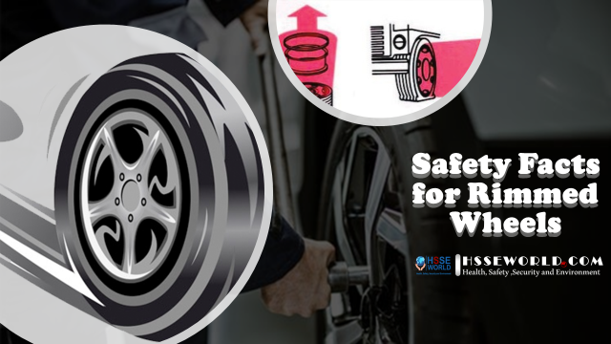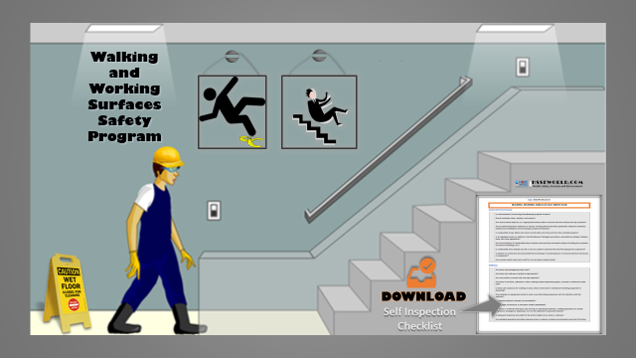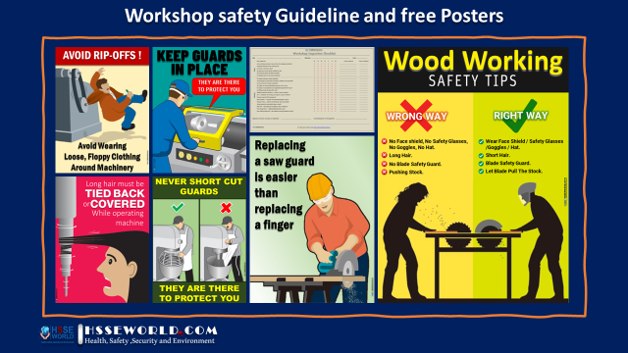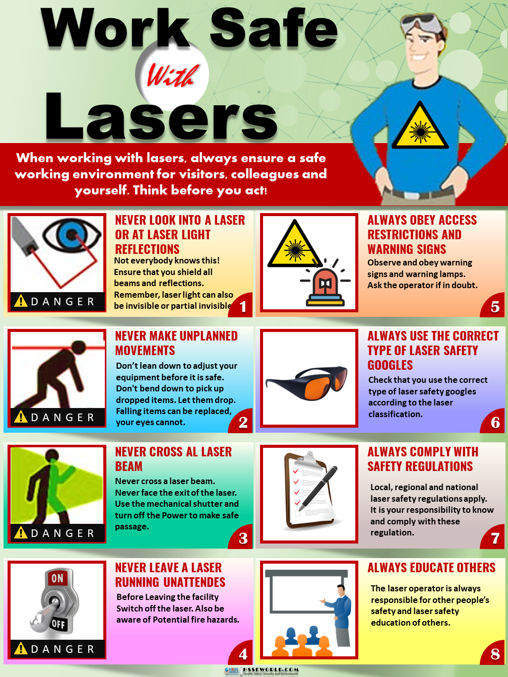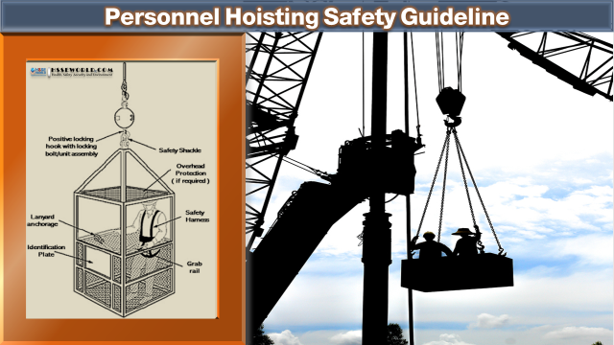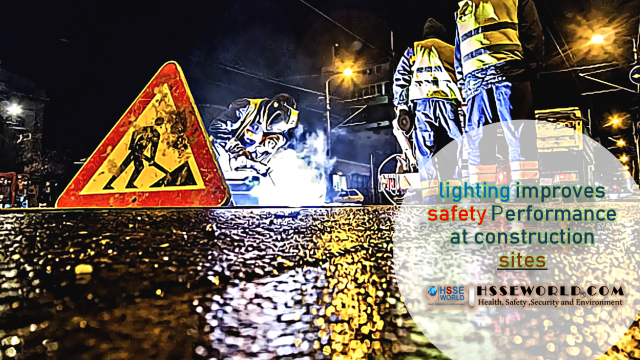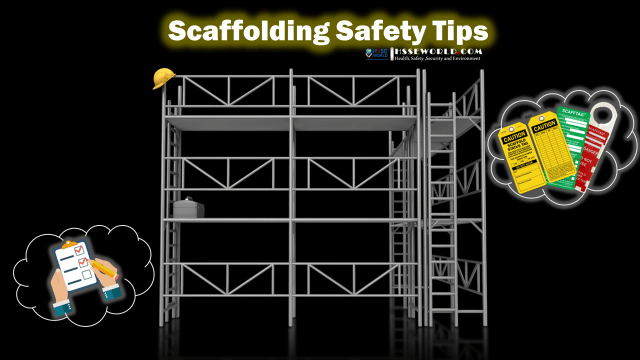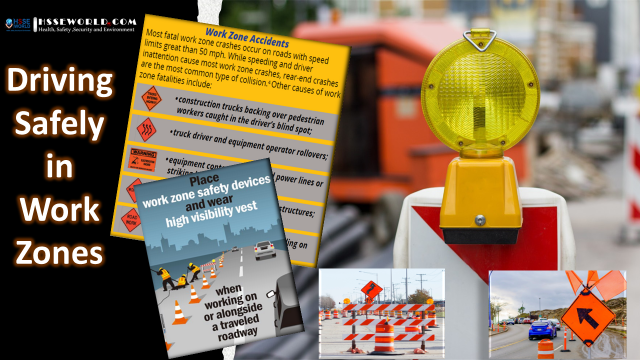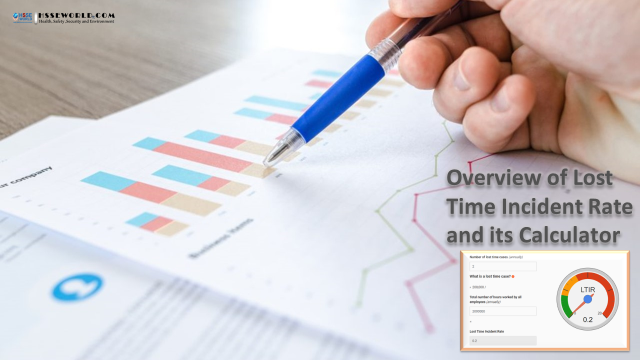Workplace injuries cost employers billions in insurance claims, lost productivity, government fines, and lawsuits every year. Poor workplace-safety practices also...
Construction
Construction is a high-hazard industry that comprises a wide range of activities involving construction, alteration, and/or repair. Construction workers engage in many activities that may expose them to serious hazards, such as falling from rooftops, unguarded machinery, being struck by heavy construction equipment, electrocutions, silica dust, and asbestos.
In This section, we will provide Construction Safety information, tools, and resources to assist those in the industry – whether workers or employers – to identify, reduce, and eliminate construction-related hazards. The Resources will include and not be limited to blogs, Apps, Training Materials, Forms, Templates, and more
Musculoskeletal disorders (MSDs) are the most common occupational illness in many workplaces. They affect many people a year and account...
Accident prevention is the main intent of the welding safety guide. The safety information included in this text is intended...
Electrical hazards represent a serious, widespread occupational danger; practically all members of the workforce are exposed to electrical energy during...
Employers must implement and document an overall electrical safety program that directs activity appropriate for the voltage, energy level, and...
OSHA revised Subpart S to reflect updated industry practices and technology and to incorporate the 2000 edition of NFPA 70E,...
Sparks are responsible for most industrial fires and explosions as a result of static electricity. A spark is a discharge...
Electricity is a very potent energy form. Used carelessly, it can deliver Electrical Accidents as deadly shocks and injuries. During...
Taking safety precautions when using lifting equipment is mandatory to avoid any undesired events or accidents. Safety procedures and requirements are in...
Rimmed wheels on large trucks, buses, and off-road equipment have tires that are inflated to dangerous pressures. There- fore, workers...
Walking and Working Surfaces can be stairs, platforms, ramps, floors, and other surfaces where you may be required to conduct...
A reported motor vehicle crash occurs on many roads about every 56 seconds ( Texas Roads ). More than 10%...
Excavation and trenching are among the most hazardous operations in construction. New types of excavation equipment and strict enforcement of...
Having an efficient workshop can be one of the most cost-effective ways of maintaining plants and equipment on-site. The workshop...
Industrial ergonomics is concerned with adapting the requirements of a job to the physical needs of the employees who perform...
Work Area Safety Checklist When working with a safety checklist, it is important to personalize the safety checklist by making...
LASER is an acronym that stands for Light Amplification by Stimulated Emission of Radiation. The laser produces an intense, highly...
The use of a crane basket ( personnel Hoisting device )is strictly prohibited except where there is no safe alternative...
The use of machines, in particular, those with moving parts, expose workers to risks of bodily injuries. The following are...
When working at a construction site, safety is one of the most important elements. Lighting plays a role in overall...
chemicals come in various forms and can affect those exposed in different ways. A chemical can take the form of...
Working at height can be dangerous if the proper precautions aren’t taken. In fact, scaffolding-related accidents account for a large...
The sounds of heavy construction equipment rumble across active work zones along roadways. In 2019, more than 26,000 crashes, resulting...
Incident rates such as LTIR indicate not just the number of incidents that have occurred but also how severe they...
